JavaScript frameworks are essential tools for building complex web applications. They provide developers with pre-built components, libraries, and tools that can be easily integrated into their projects. However, with so many options available, it can be challenging to determine which framework is best suited for your needs. In this blog post, we will evaluate some of the most popular primary JavaScript frameworks, including Angular, React, Vue.js, Meteor, Ember, Backbone, Aurelia, Lit, and Mithril, and highlight their strengths and weaknesses.
Angular
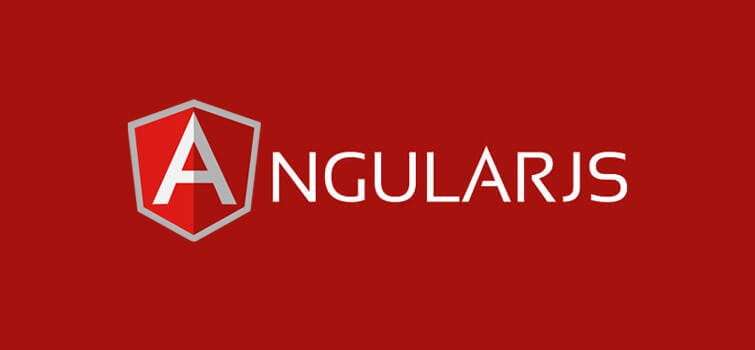
Angular is a complete JavaScript framework developed by Google. It provides a comprehensive solution for building complex web applications, including tools for building UI components, routing, and data management. Angular uses a two-way data binding approach, which means that changes to the model automatically update the view and vice versa. Angular has a large community and a well-documented API, making it easy for developers to get started and find support.
Strengths:
Comprehensive solution for building complex web applications
Two-way data binding
Strong community support
Weaknesses:
Steep learning curve
Complex and verbose code
Limited performance for large-scale applications
React
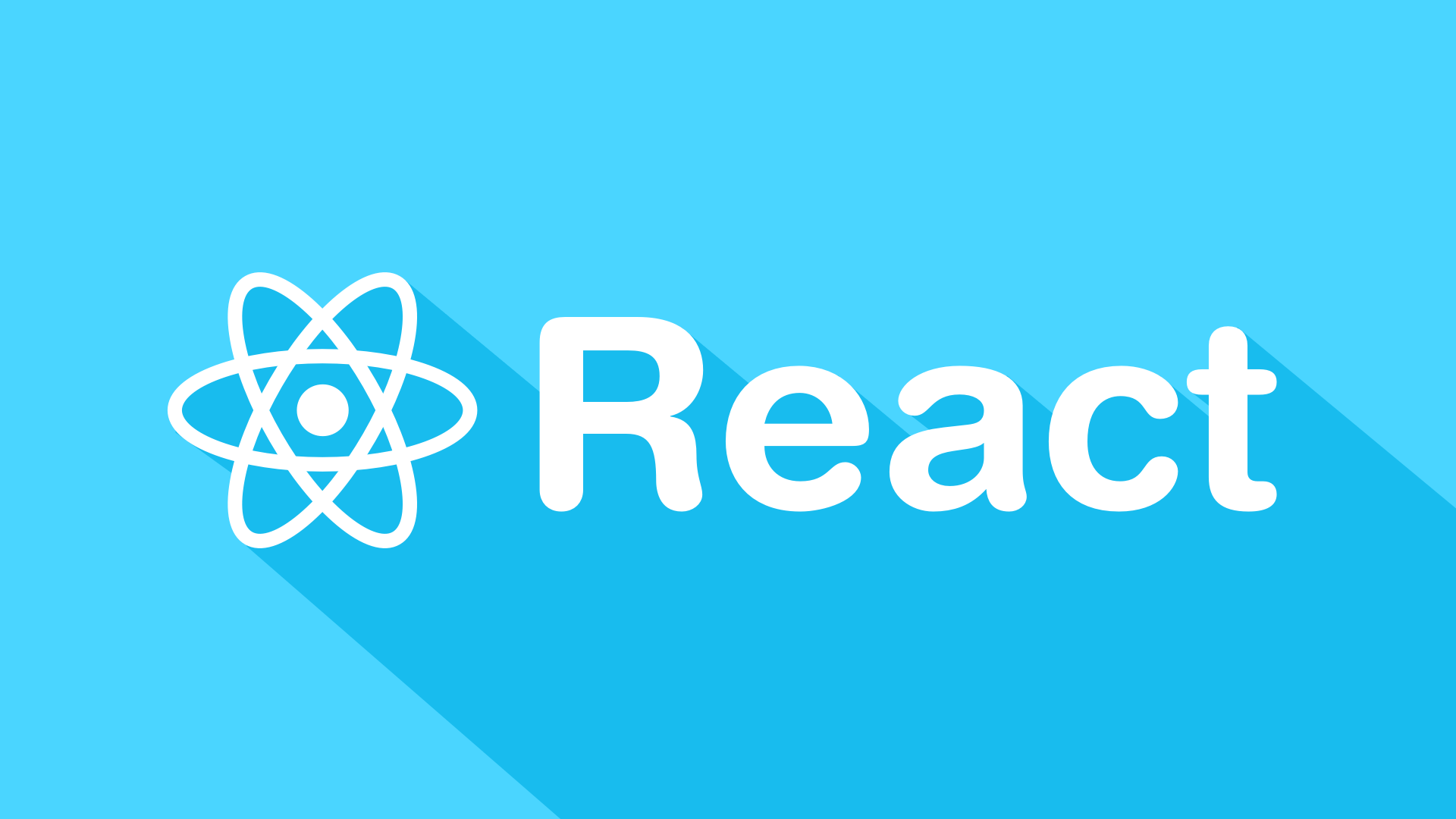
React is a JavaScript library created by Facebook for building user interfaces. It uses a virtual DOM (Document Object Model) to improve performance and provides a simple way to manage the state of components. React has a large community of developers, making it easy to find solutions to common problems and share knowledge. It is also known for its reusable components, which can save time and effort when building web applications.
Strengths:
Lightweight and fast
Reusable components
Large community support
Weaknesses:
Steep learning curve
Requires additional libraries for advanced functionality
Limited support for mobile app development
Vue

Vue is a progressive JavaScript framework that focuses on building user interfaces. It uses a virtual DOM and provides an easy-to-use API for creating reactive components. Vue.js is known for its simplicity and flexibility, allowing developers to use it for small projects or large-scale applications. It also has a growing community of developers and a well-designed documentation site.
Strengths:
Simple and flexible
Fast performance
Small size
Weaknesses:
Limited scalability for large applications
Smaller community compared to React and Angular
Limited support for mobile app development
Meteor

Meteor is a full-stack JavaScript framework that includes tools for building both the front-end and back-end of web applications. It uses a reactive programming model, which means that changes in the data automatically update the user interface. Meteor has a strong focus on real-time web applications and provides easy integration with popular front-end frameworks like React and Angular.
Strengths:
Full-stack solution for building web applications
Real-time web application support
Easy integration with front-end frameworks
Weaknesses:
Limited scalability for large applications
Limited community support
Limited support for mobile app development
Ember
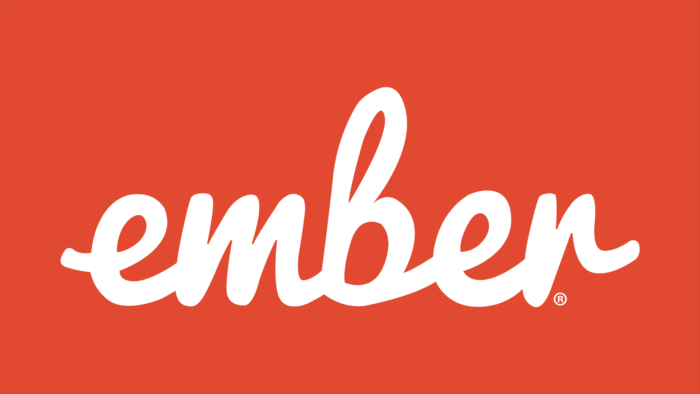
Ember is a JavaScript framework for building scalable and maintainable web applications. It uses a convention over configuration approach, which means that developers follow a set of conventions to structure their applications. Ember provides tools for building UI components, routing, and data management, making it a comprehensive solution for complex web applications. Ember also has a strong focus on testing and provides tools for testing both the front-end and back-end of web applications.
Strengths:
Comprehensive solution for building complex web applications
Convention over configuration approach
Strong focus on testing
Weaknesses:
Steep learning curve
Verbose code
Limited community support
Backbone

Backbone is a lightweight JavaScript framework that provides tools for building client-side web applications. It uses a model-view-controller (MVC) architecture, which separates the application into three distinct components. Backbone is known for its simplicity and flexibility, making it a popular choice for building small-scale applications. However, it may not be the best choice for building large and complex web applications.
Strengths:
Lightweight and fast
Simple and flexible
MVC architecture
Weaknesses:
Limited tools and functionality
May not be the best choice for large and complex web applications
Smaller community compared to other frameworks
Aurelia
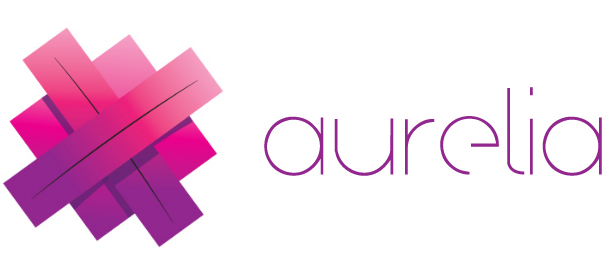
Aurelia is a JavaScript framework for building modern web applications. It uses a modular architecture, which allows developers to use only the necessary modules for their projects. Aurelia also supports multiple languages, including TypeScript and ES6, making it a versatile choice for developers. It is known for its easy-to-use API, making it a great choice for beginners.
Strengths:
Modular architecture
Versatile language support
Easy-to-use API
Weaknesses:
Limited community support
The steep learning curve for more advanced functionality
May not be the best choice for large and complex web applications
Lit
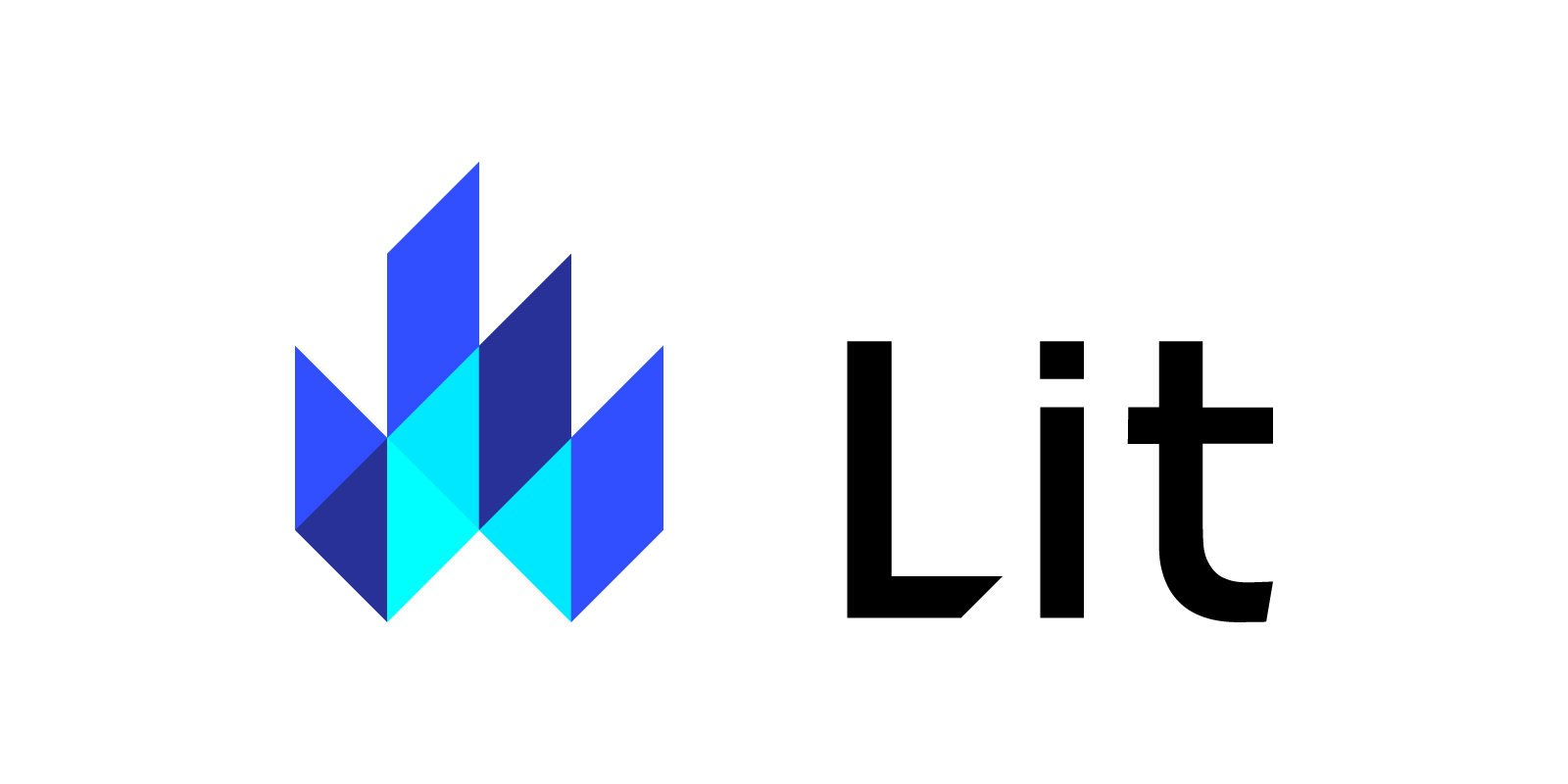
Lit is a lightweight JavaScript library for building web components. It uses a template-based approach, which allows developers to create reusable UI components that can be easily integrated into their projects. Lit is known for its simplicity and flexibility, making it a popular choice for building small-scale applications and web components.
Strengths:
Lightweight and fast
Easy-to-use template-based approach
Good performance for small-scale applications
Weaknesses:
Limited functionality for large-scale applications
Limited community support
May not be the best choice for complex web applications
Mithril
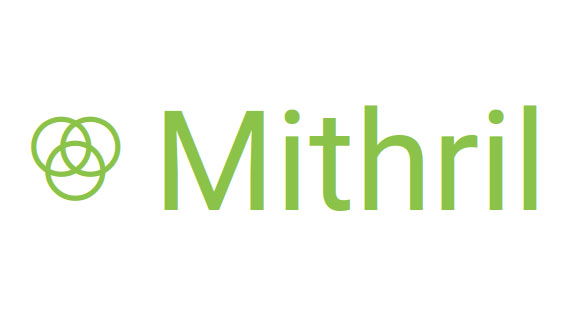
Mithril is a modern and lightweight JavaScript framework for building single-page applications. It uses a virtual DOM and supports reactive programming, making it a great choice for real-time web applications. Mithril is known for its simplicity and fast performance, making it a popular choice for building small-scale applications.
Strengths:
Lightweight and fast
Simple and easy-to-use API
Good performance for small-scale applications
Weaknesses:
Limited scalability for large applications
Limited community support
May not be the best choice for complex web applications
In conclusion, choosing the right JavaScript framework depends on your project's specific needs and requirements. Each framework has its strengths and weaknesses, and developers should carefully evaluate them before deciding which one to use. Whether you're building a small-scale application or a large and complex web application, there is a JavaScript framework that can help you achieve your goals.

